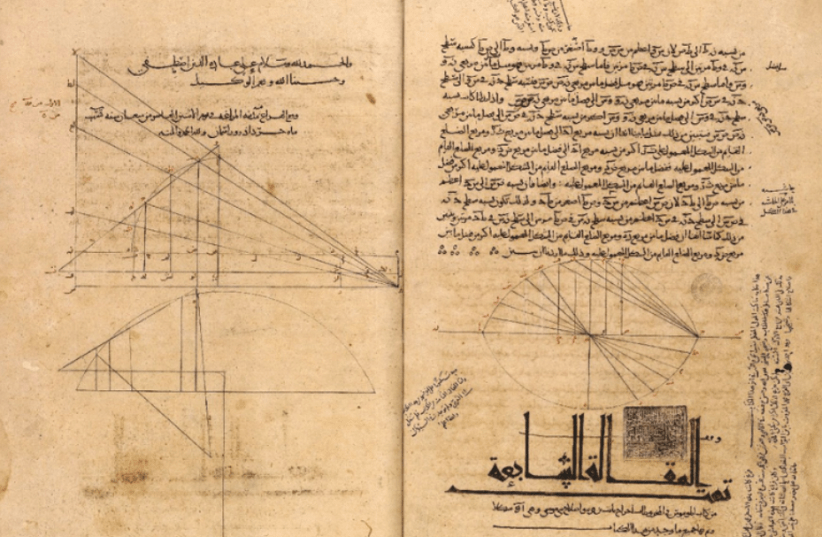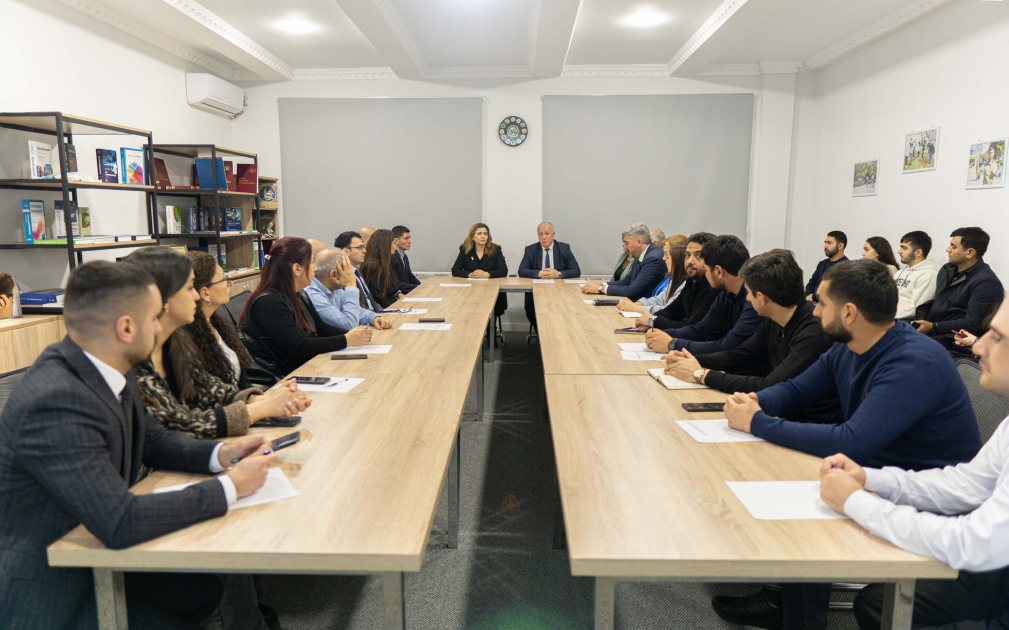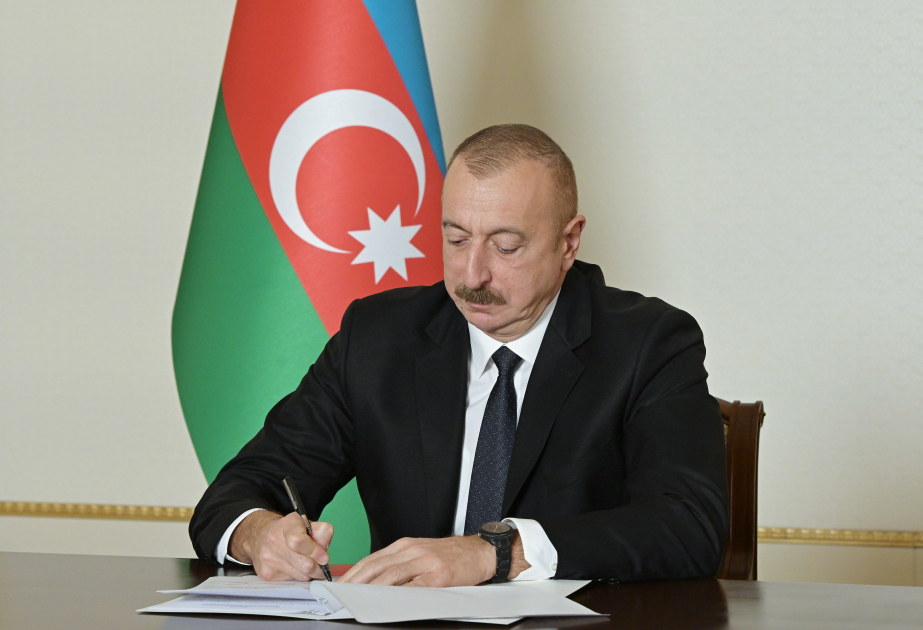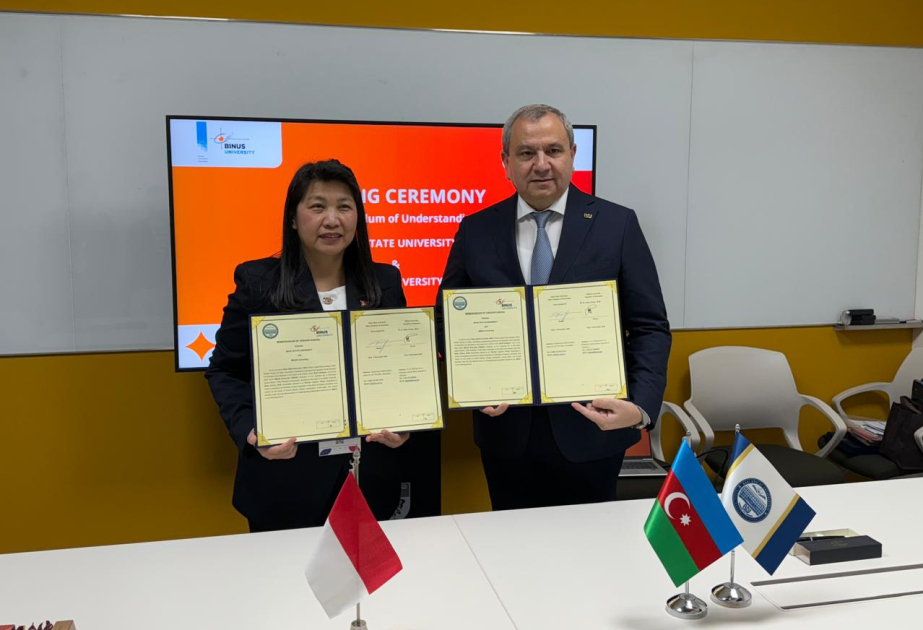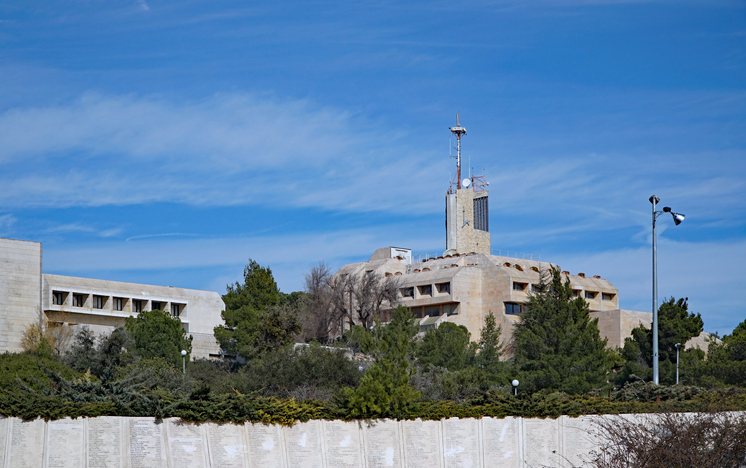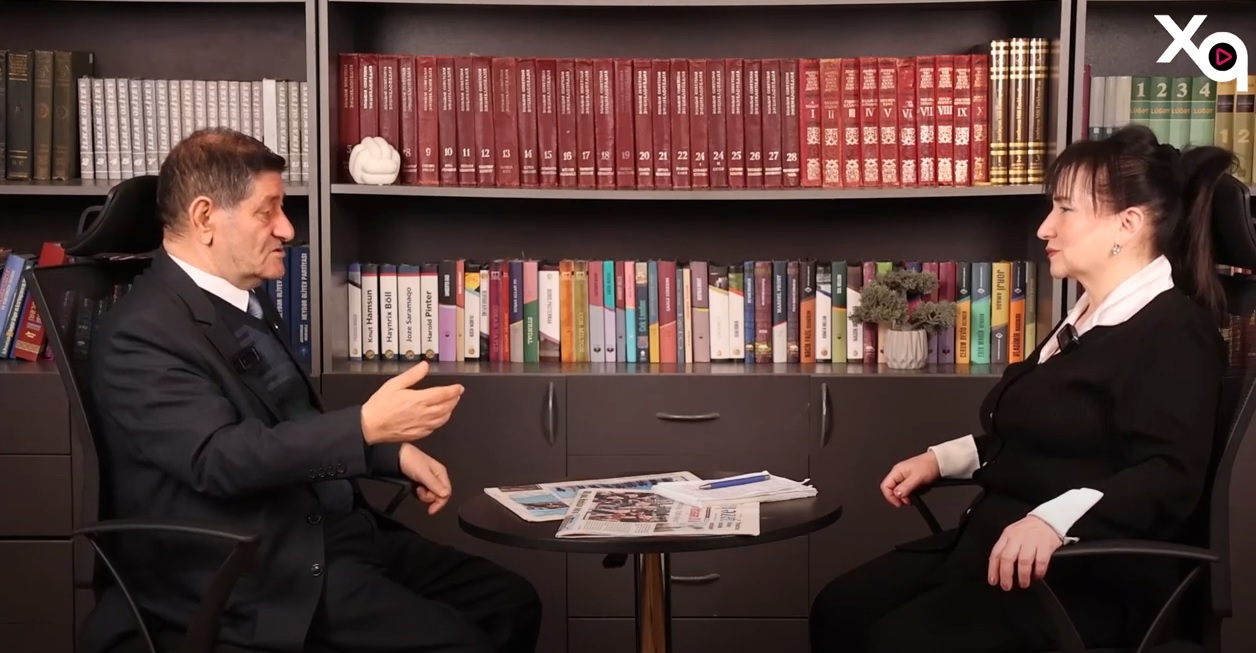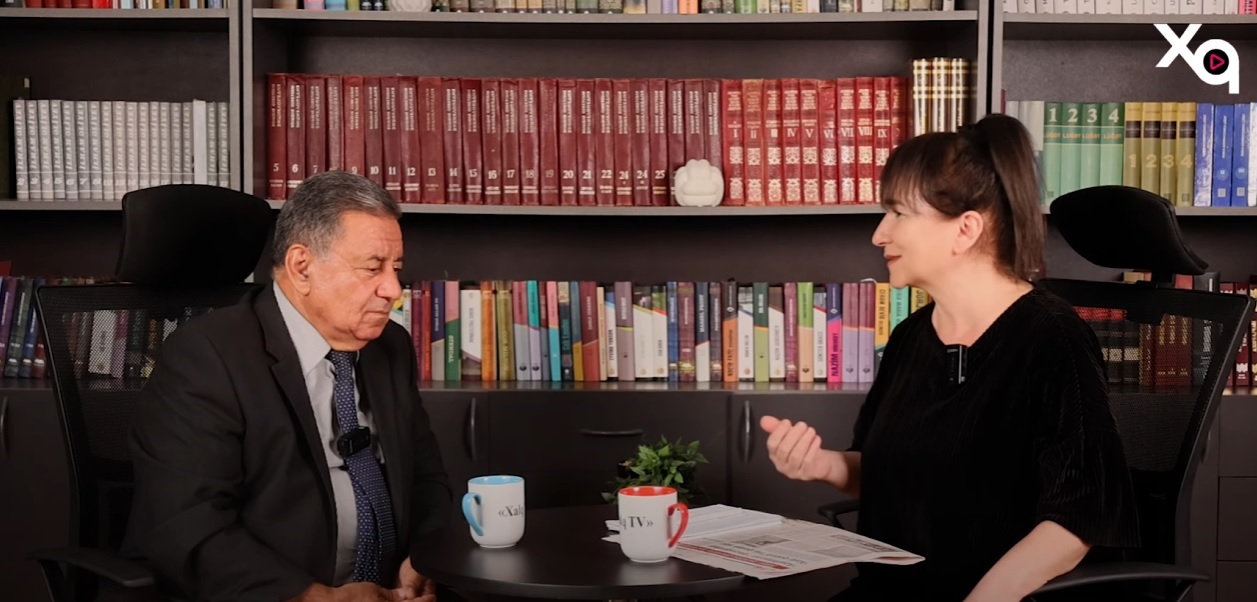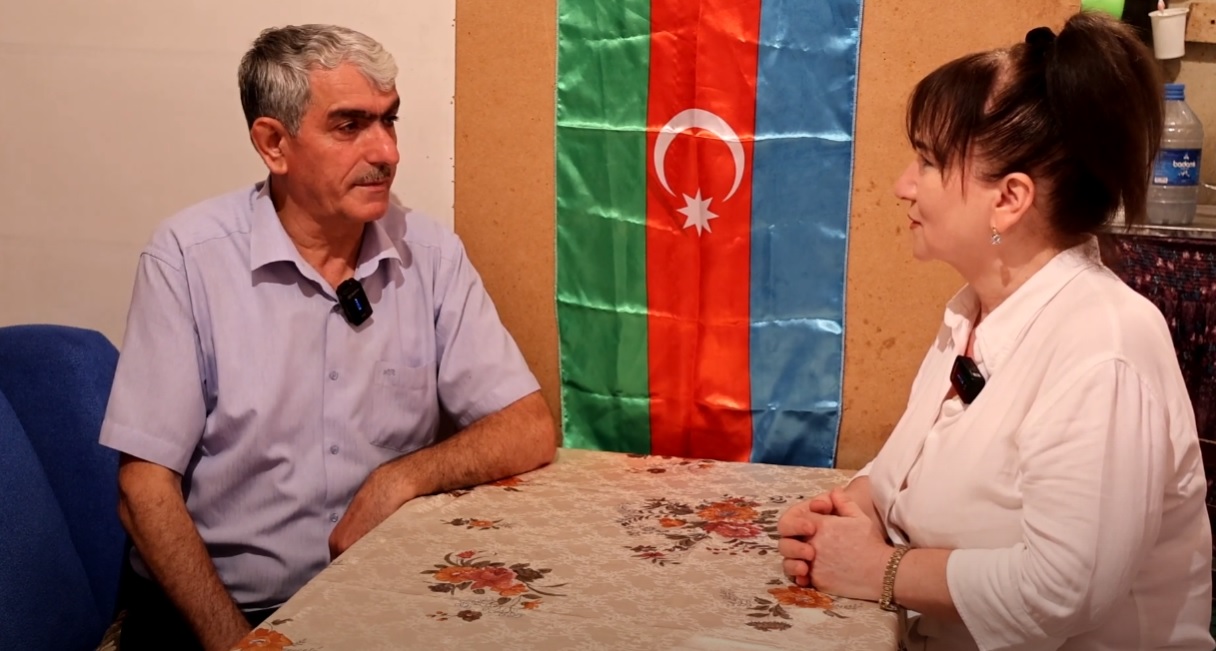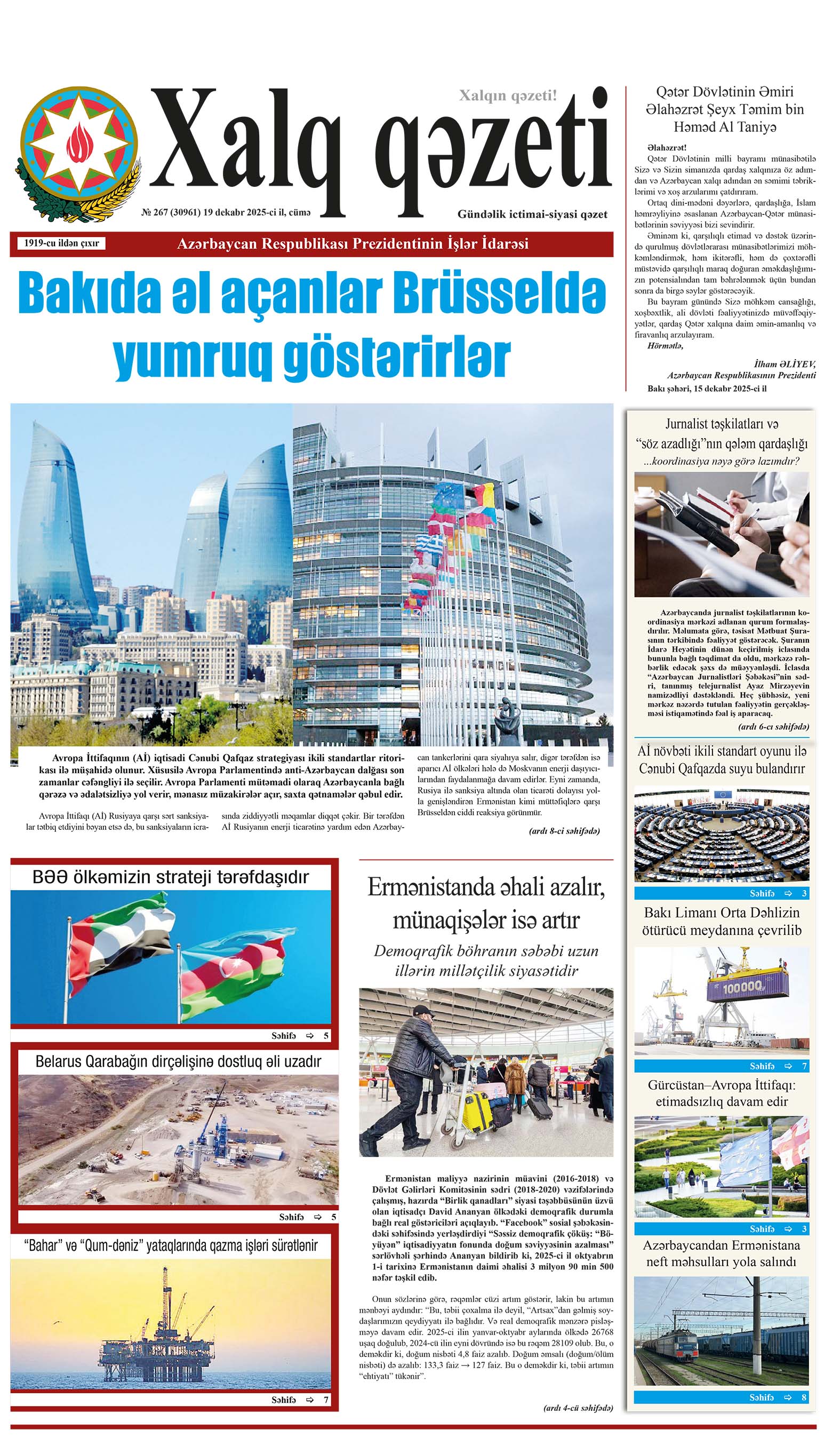By JERUSALEM POST STAFF
The manuscript had been forgotten in the library, part of a collection acquired by Dutch Orientalist and mathematician Jacob Golius during his travels in the Middle East in the 17th century.
Scholars found two lost books by Apollonius, the ancient Greek mathematician known as the Great Geometer. The works were found in an Arabic manuscript preserved at the Libraries of Leiden University in the Netherlands. The manuscript had been forgotten in the library, part of a collection acquired by Dutch Orientalist and mathematician Jacob Golius during his travels in the Middle East in the 17th century.
The rediscovery was revealed in a new publication from Leiden University titled Prophets, Poets, and Scholars. The volume, published by Leiden University Press, includes contributions from more than 50 scholars and librarians. It examines the history of interaction between the Low Countries and the Middle East, especially in the early 17th century, and contains information about the scientific tradition of the Islamic period.
The rediscovered manuscript contains the lost fifth and seventh books of Apollonius's renowned work, the Conics. The Conics is considered one of the most profound works of ancient Greek mathematics. It introduces fundamental geometric concepts such as hyperbolas, ellipses, and parabolas, which can be visualized by shining a flashlight on a wall. These concepts had an impact on the scientific world and are noted for their influence on the mathematics of ancient Anatolia.
Top Articles Read MoreAll the hostages need to be returned home, before it's too late
The Super Rich Read As Many As 50 Books Per Year: Here’s HowSponsored by Blinkist Magazine
Trend: soldiers are now relying on this unbreakable smartwatchSponsored by Indestructible Military Smartwatch
Driver reveals trick to avoid speeding finesSponsored by McFlash
What is Outbrain
Only four of the original eight books of the Conics were available to European scholars during the Renaissance, as the fifth to eighth books were considered lost for centuries. The rediscovery of the lost books reflects the Islamic Golden Age's contributions to preserving knowledge. Islamic scholars preserved and expanded ancient knowledge, which later contributed to the European Renaissance.
The manuscript is a translation of books five to seven by Thabit ibn Qurra, edited by the Banū Mūsā brothers. It is accompanied by illustrations and Arabic calligraphy, illuminating the history of mathematics. These manuscripts not only contain mathematical knowledge but also attract attention with calligraphy and geometric illustrations.
Jan Pieter Hogendijk, a Dutch mathematician and historian of science, evaluated Apollonius's Arabic manuscript. "This manuscript is fascinating, both for its scientific content and its magnificent calligraphy and decorations," he said. "It reflects the intelligence, discipline, and intense concentration of Muslim scientists and scribes in the Middle Ages. These qualities are often lacking in today's technology-focused world."
Professor Mostafa Zahri notes that Arabic manuscripts in Western libraries like Leiden University Libraries serve as records of Islamic civilization's intellectual achievements, especially in mathematics and geometry. He emphasized the importance of preserving Arabic manuscripts, which are housed in institutions like the British Library and the Bibliothèque Nationale de France, containing rare geometric treatises.Cruise Ship Encounters Pirates - Watch What the Captain Does Next!What The Brave Captain Does Next Stuns Them AllSponsored by Happy in Shape
Yacht Encounters Pirates - Watch What the Captain Does Next!What The Brave Captain Does Next Stuns Them AllSponsored by Tips and Tricks
What is Outbrain
Despite their importance, many surviving Arabic manuscripts have not been sufficiently studied, even in the institutions that preserve them. Proper analysis of these works requires fluency in medieval languages such as Arabic, Persian, or Turkish.
Apollonius of Perga, born around 260 BCE in the ancient Greek city of Perga in Pamphylia, in Asia Minor, is known for his pioneering work in geometry. He studied and taught in Alexandria and was one of the greatest mathematicians and geometers of antiquity. Of the 21 works on mathematics, geometry, astronomy, and mechanics that Apollonius wrote, only four have survived.
This article was written in collaboration with generative AI company Alchemiq


